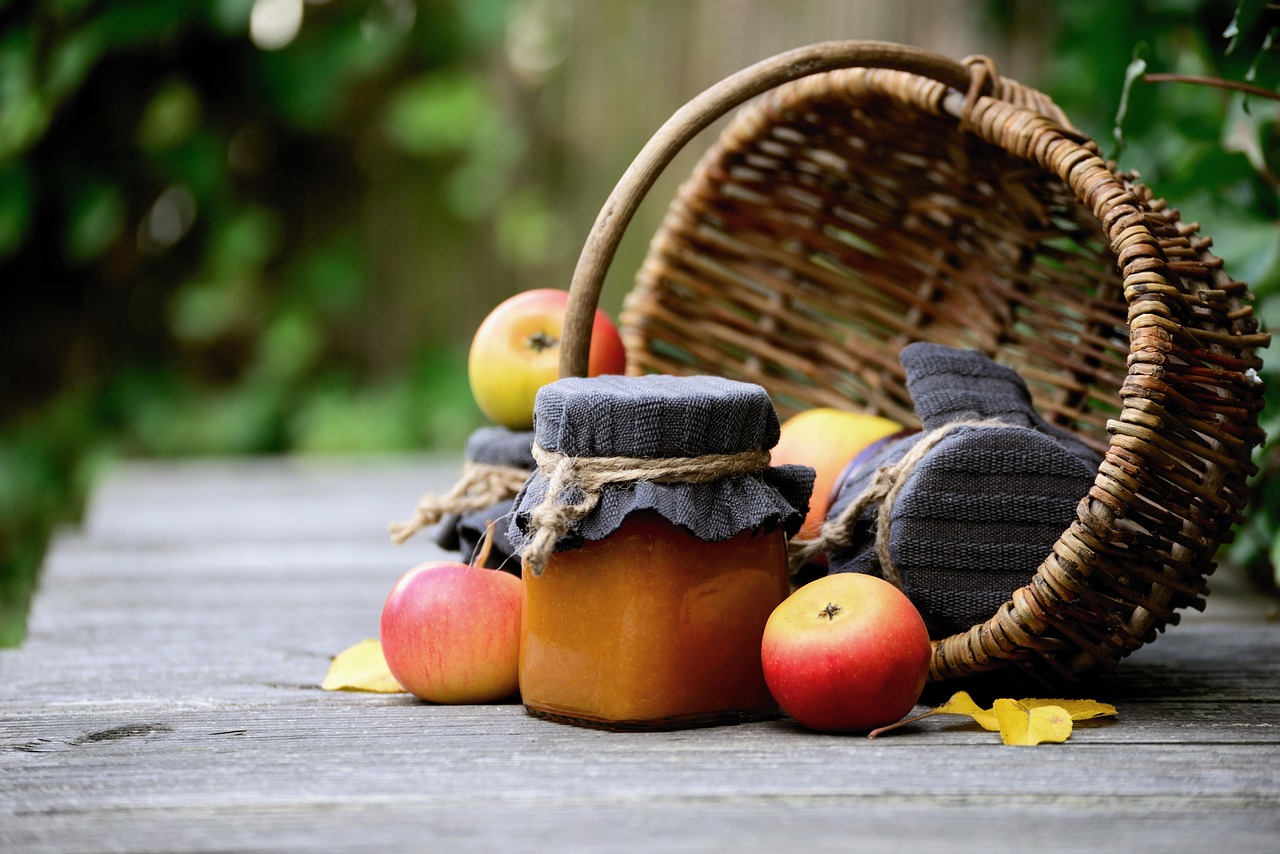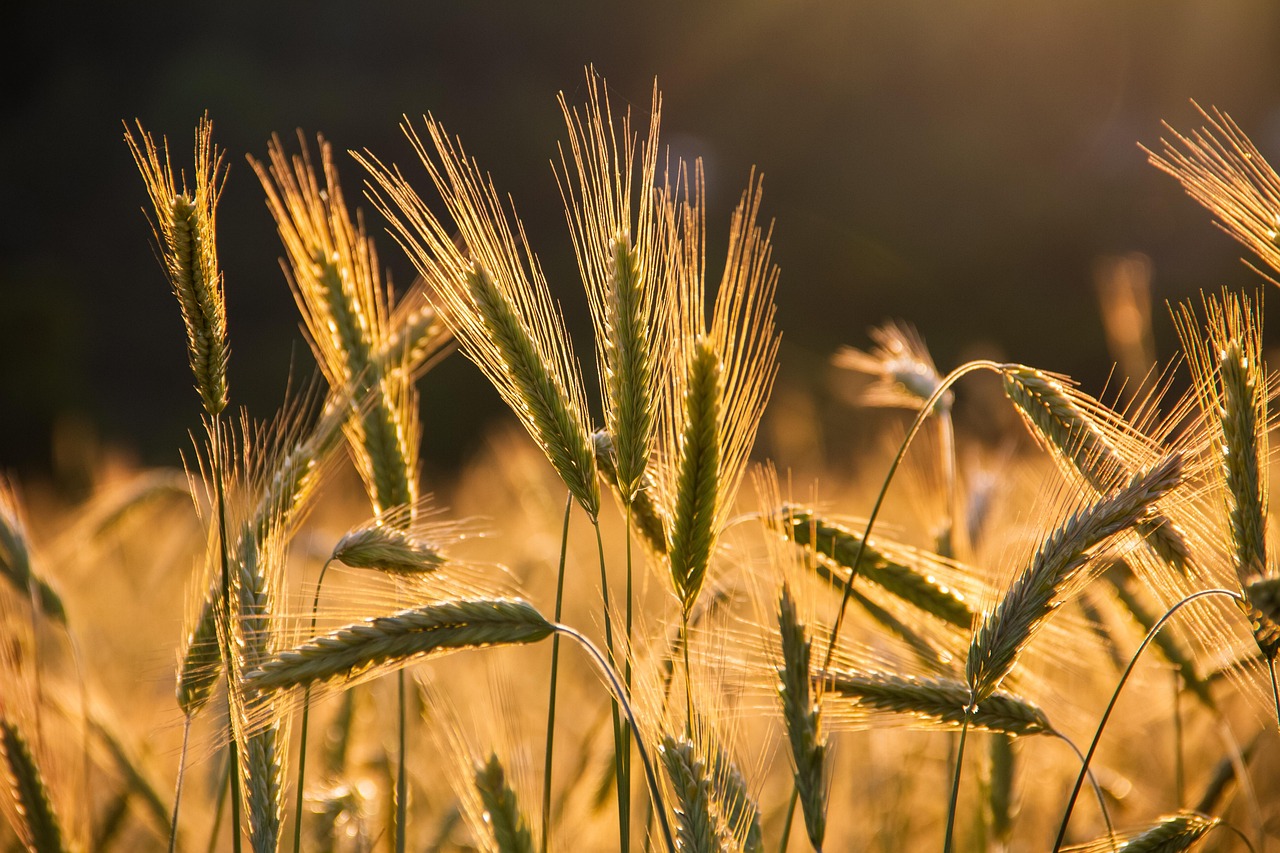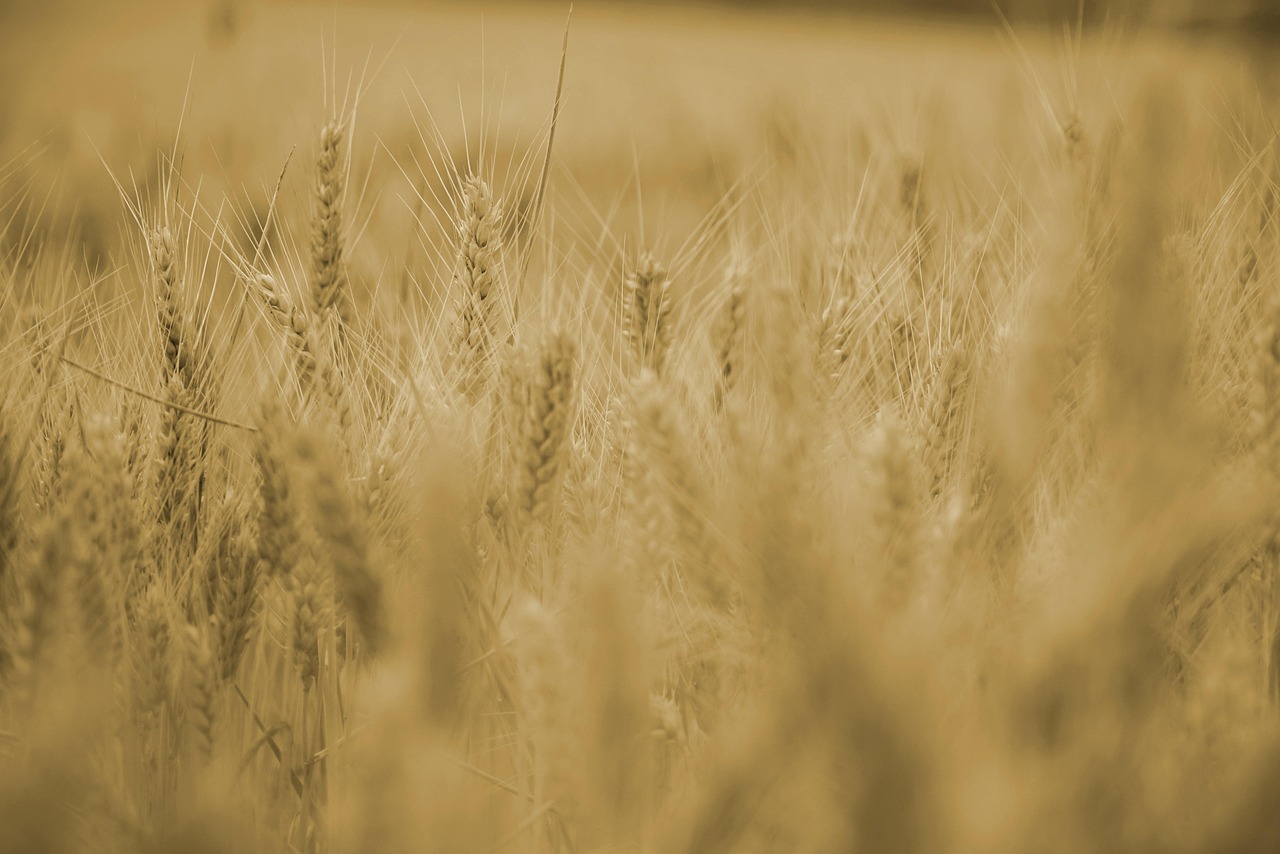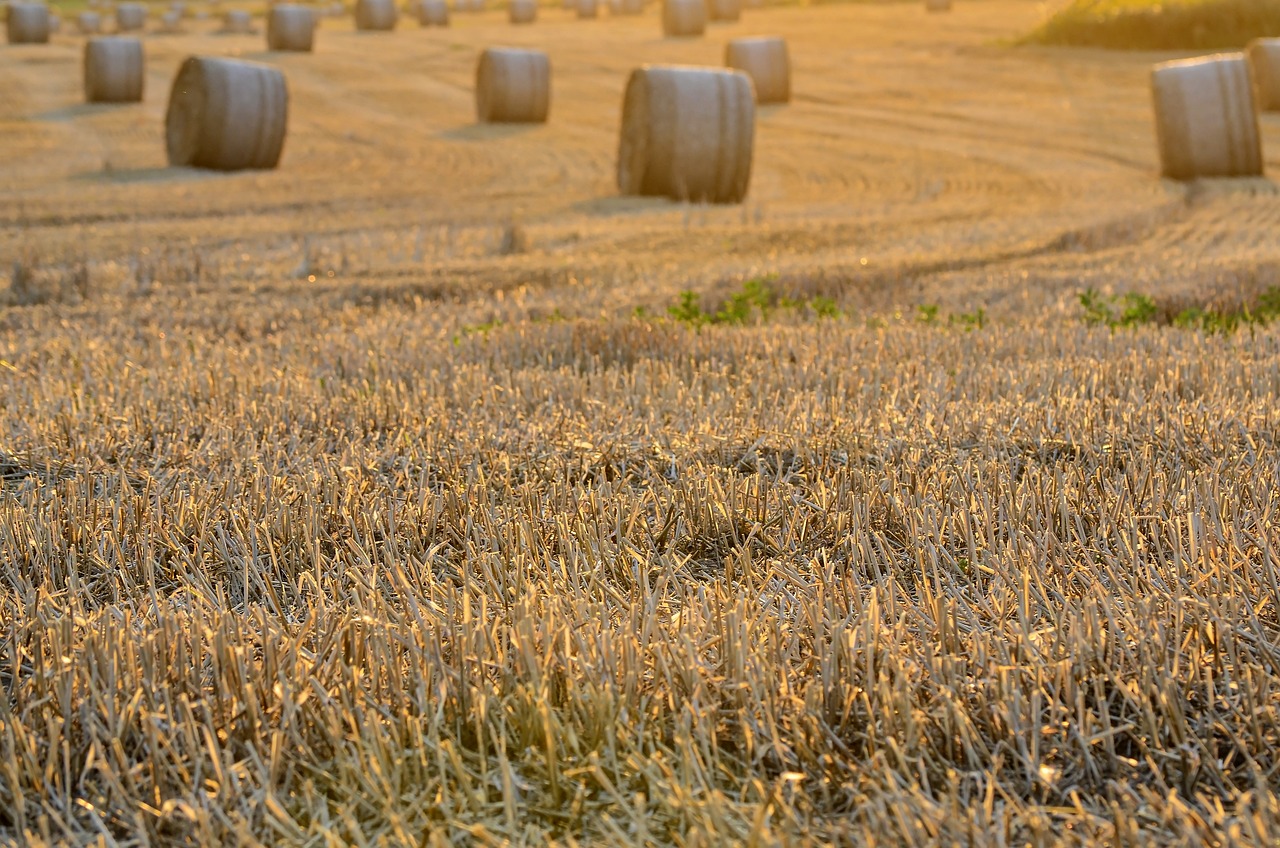Preserving your harvest through canning is an excellent way to enjoy fresh vegetables year-round. This method not only extends the shelf life of produce but also retains nutrients and flavors. In this article, we will explore the best vegetables for canning, ensuring your pantry is stocked with delicious and nutritious options.
Canning is a time-honored tradition that allows individuals to take advantage of seasonal produce. Whether you grow your own vegetables or purchase them from local farmers’ markets, knowing which vegetables are best suited for canning is essential. Some vegetables retain their texture and flavor better than others during the canning process.

When choosing vegetables for canning, consider their acidity levels, texture, and flavor profile. High-acid foods such as tomatoes and pickles are ideal for water bath canning. Conversely, low-acid vegetables like green beans and carrots require pressure canning to ensure safety and proper preservation. Here are some key points to keep in mind:
- Acidity Levels: High-acid foods are easier to preserve using the water bath method.
- Texture: Choose vegetables that hold their shape well after processing.
- Flavor: Opt for vegetables that enhance dishes with their taste.
The Best Vegetables for Canning
Several vegetables stand out as top choices for canning due to their flavor, texture, and versatility. Below is a list of some of the best vegetables that you can preserve for future use:
- Tomatoes: Rich in flavor and acidity, tomatoes are perfect for canning. They can be used in sauces, soups, or as a base for various dishes.
- Green Beans: These vegetables maintain their crunch when canned properly. They are great for side dishes or casseroles.
- Carrots: Carrots retain their sweetness and texture well during the canning process, making them ideal for stews or soups.
- Corn: Sweet corn can be canned on the cob or as kernels. It adds a delightful sweetness to salads and salsas.
- Peas: These small legumes are great for adding a pop of color and sweetness to a variety of dishes.
- Beets: Beets not only add color but also have a unique flavor profile that complements many meals.
In addition to the vegetables listed above, other options such as peppers, zucchini, and squash can also be canned. Each vegetable offers unique flavors and uses in various recipes. When canning, it is important to follow tested recipes to ensure safety and quality.
Canning Methods
There are two primary methods for canning vegetables: water bath canning and pressure canning. Understanding these methods will help you choose the right approach based on the type of vegetable being preserved.
| Canning Method | Ideal For | Required Equipment |
|---|---|---|
| Water Bath Canning | High-acid foods (e.g., tomatoes, pickles) | Canner pot, jar lifter, lids |
| Pressure Canning | Low-acid foods (e.g., green beans, corn) | Pressure canner, jar lifter, lids |
Selecting the right method based on the acidity of the vegetable is crucial for safe preservation. Always ensure that your equipment is clean and follow proper procedures to maintain food safety standards.
As you embark on your canning journey, remember that the quality of the vegetables you choose makes a significant difference in the final product. Freshly harvested or farm-fresh produce will yield the best results in flavor and texture when canned.
Preparing Vegetables for Canning
Proper preparation of vegetables is a vital step in the canning process. Taking the time to clean, peel, and chop your vegetables ensures better preservation and taste. Here are some essential steps to follow when preparing vegetables for canning.
Cleaning and Sorting
Before you begin, it is important to wash your vegetables thoroughly. This helps remove dirt, pesticides, and any potential contaminants. Follow these guidelines:
- Rinse: Use cool water to rinse each vegetable individually.
- Inspect: Check for any signs of spoilage, such as blemishes or soft spots. Discard any affected vegetables.
- Sort: Group vegetables based on size and ripeness. Uniform sizes ensure even cooking and preservation.
Peeling and Cutting
Depending on the vegetable, peeling may be necessary. For example, carrots and beets should be peeled, while tomatoes can be processed with their skins on. After peeling, cut the vegetables into uniform pieces. Consistent size will promote even heat distribution during the canning process.
Blanching Vegetables

Blanching is a technique that involves briefly boiling vegetables before canning them. This process stops enzyme actions that can cause loss of flavor, color, and texture. Here’s how to blanch effectively:
- Boil Water: Fill a large pot with water and bring it to a rolling boil.
- Add Vegetables: Carefully add the prepared vegetables to the boiling water. Blanching times vary by vegetable type.
- Ice Bath: Prepare a bowl of ice water. Once blanching is complete, quickly transfer the vegetables to the ice bath to stop the cooking process.
The blanching process enhances the color and texture of vegetables while also making them easier to peel if necessary. It is particularly useful for green beans, carrots, and corn.
Choosing the Right Jars and Lids

The choice of jars and lids is crucial for successful canning. You will need canning jars that are specifically designed for preserving food. These jars come in various sizes to accommodate different types of vegetables. Consider the following points:
- Types of Jars: Use either pint or quart jars depending on the vegetable and your storage needs.
- Inspection: Before use, inspect jars for cracks or chips. Discard any damaged jars as they may break during processing.
- Lids: Always use new lids for each canning session to ensure a proper seal. Reused lids may not create an airtight seal.
Proper Sealing Techniques
A proper seal is essential for preserving your canned goods safely. Follow these steps to seal jars correctly:
- Fill Jars: Leave the recommended headspace (usually about 1 inch) at the top of each jar.
- Wipe Rims: Clean the rims of the jars with a damp cloth to remove any food particles that could prevent a seal.
- Add Lids: Place the lids on the jars and screw on the metal bands until they are fingertip-tight.
Following these sealing techniques is vital to prevent spoilage and ensure that your canned vegetables remain safe for consumption.

Canning Safety Tips
Canning requires careful attention to safety standards to prevent foodborne illnesses such as botulism. Here are some key safety tips to consider while canning:
- Follow Tested Recipes: Always use recipes from trusted sources to ensure safety.
- Check Pressure Settings: If using a pressure canner, ensure it is calibrated correctly for safe pressure levels.
- Monitor Processing Times: Adhere strictly to processing times based on the type of vegetable and method used.
By following these preparation and safety guidelines, you can ensure that your home-canned vegetables will be safe, delicious, and enjoyable throughout the year.
Flavoring and Seasoning Your Canned Vegetables
Enhancing the flavor of your canned vegetables can elevate your dishes and make them more enjoyable. Adding seasonings during the canning process not only boosts the taste but also preserves the freshness of the vegetables. Here are some ways to effectively flavor your canned goods.
Choosing the Right Seasonings
Selecting appropriate seasonings is crucial for complementing the natural flavors of the vegetables. Some popular options include:
- Herbs: Fresh or dried herbs such as basil, thyme, dill, and oregano add depth to the flavor profile.
- Spices: Consider using spices like black pepper, paprika, and garlic powder for a kick of flavor.
- Salt: Adding salt enhances taste and acts as a preservative. Use canning salt for best results, as it dissolves easily and does not contain additives.
Experimenting with different combinations of these ingredients can yield unique flavors that make your canned vegetables stand out. Always remember to use spices and herbs in moderation, as their potency can intensify during the canning process.
Acid Additions
In addition to seasonings, incorporating acidic ingredients can improve flavor and ensure safe preservation. Here are some acidic options you might consider:
- Citrus Juice: Lemon or lime juice adds brightness and acidity to canned vegetables.
- Vinegar: Different types of vinegar, such as apple cider or white vinegar, can enhance both flavor and acidity levels.
- Tomato Sauce: For canned tomato products, adding sauce or paste can enhance richness.
When using acidic additions, be mindful of the overall pH balance, as it is important for safe canning practices.
Creative Recipes for Canned Vegetables
Canning vegetables opens up a world of culinary possibilities. Here are a few creative recipe ideas that utilize canned vegetables:
Canned Vegetable Ratatouille
This classic French dish can easily be made using canned vegetables. To prepare:
- Ingredients: Combine canned eggplant, zucchini, bell peppers, and tomatoes.
- Seasoning: Add olive oil, garlic, thyme, and salt to taste.
- Cooking: Simmer on low heat until the flavors meld together. Serve hot or at room temperature.
Canned Vegetable Soup
A hearty soup can be made quickly with your canned vegetables. Follow these steps:
- Base: In a pot, sauté onions and garlic until fragrant.
- Add Vegetables: Stir in your canned vegetables such as carrots, peas, and green beans.
- Add Broth: Pour in vegetable or chicken broth, along with herbs like bay leaves and thyme.
- Simmer: Let it cook for 20-30 minutes for the flavors to blend. Adjust seasoning if necessary.
Canning Storage Tips
The way you store your canned goods is essential for maintaining their quality over time. Proper storage can prevent spoilage and extend shelf life. Consider these tips for optimal storage:
- Cool Location: Store canned goods in a cool, dark place away from direct sunlight.
- Stable Temperature: Keep the temperature consistent, ideally between 50°F and 70°F (10°C to 21°C).
- Avoid Humidity: High humidity can lead to rust on lids or spoilage; aim for dry storage conditions.
- Organize by Date: Label jars with the date of canning and use older jars first to maintain freshness.
By following these storage guidelines, you can ensure that your canned vegetables remain flavorful and safe for consumption long after they have been preserved.
Additional Resources for Canning
For those looking to deepen their knowledge of canning or to find more specific recipes, several resources are available. These include canning books, online communities, and governmental guidelines that provide safety information and tested recipes.
- Canning Books: Books such as “The Ball Complete Book of Home Preserving” offer a wealth of information and recipes for canning various types of vegetables.
- Online Resources: Websites like the National Center for Home Food Preservation provide trusted information on safe canning practices and recipes.
- Canning Classes: Many local community centers, extension offices, and farms offer classes on canning techniques and safety.
Engaging with these resources can help you master the art of canning and expand your skill set. Joining online forums or local groups can also provide support and ideas from fellow canners.
Preserving Beyond Canning
While canning is a fantastic method for preserving vegetables, it is important to explore other preservation techniques as well. Options such as freezing, drying, and fermenting can complement your canning efforts.
- Freezing: This is a quick way to preserve vegetables while retaining their nutrients. Blanching before freezing helps maintain color and texture.
- Drying: Dehydrating vegetables concentrates their flavors and extends shelf life. Using a dehydrator or an oven can yield tasty results.
- Fermenting: This method not only preserves vegetables but also boosts their health benefits through probiotic content. Classic examples include sauerkraut or pickled vegetables.
Exploring these methods allows for more variety in your pantry and caters to different culinary preferences. Each preservation technique has its unique advantages and can be used interchangeably based on the vegetable and intended use.
Final Thoughts
Canning is an excellent way to preserve the bounty of your harvest, allowing you to enjoy seasonal produce throughout the year. By understanding the best vegetables for canning, mastering preparation techniques, ensuring safety during the process, and learning how to flavor your canned goods, you can create delicious options for your meals.
Remember that the quality of your ingredients is paramount. Selecting fresh, ripe vegetables ensures that your final product is both tasty and nutritious. Additionally, by following proper storage guidelines and engaging with community resources, you can enhance your canning experience and share your creations with family and friends.
As you embark on your canning journey, remain curious and willing to experiment with new recipes and techniques. The world of preserving offers endless possibilities, encouraging creativity in the kitchen while ensuring that nothing goes to waste from your harvest.
Embrace the joy of preserving your harvest and take pride in knowing that you are contributing to sustainable practices while enjoying delicious homemade foods year-round.
